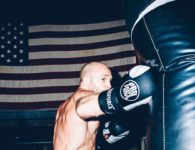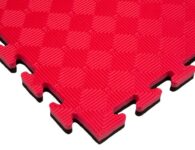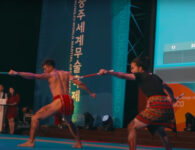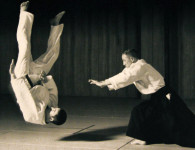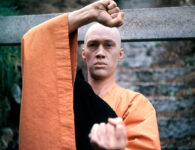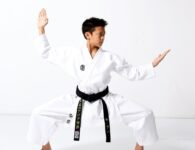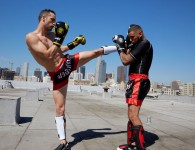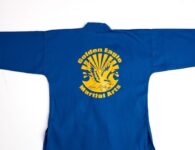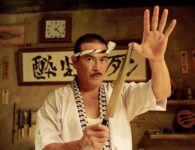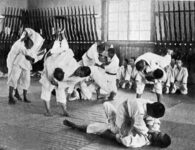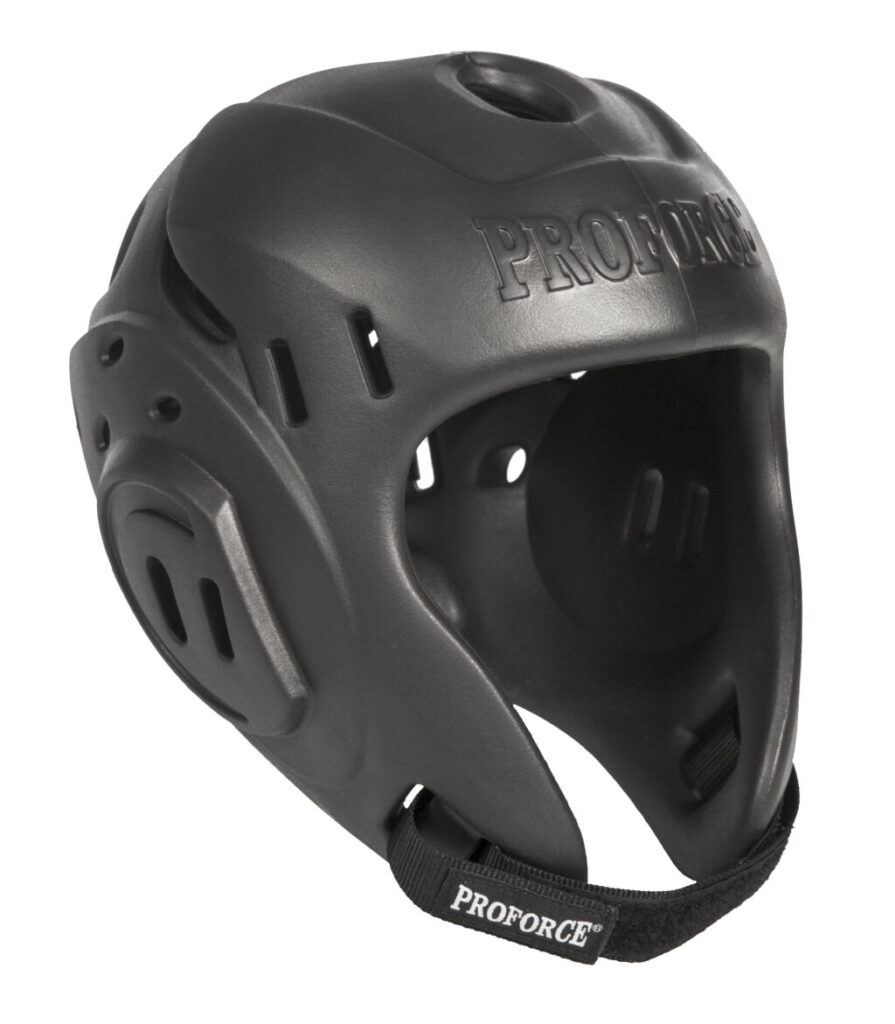
Our understanding of the role that head guards play in martial arts has changed a lot over the years. But they remain a vital piece of marital arts gear. If you’ve ever participated in contact martial arts or semi-contact martial arts, there’s a good change that you’ve sparred while wearing a head guard. Maybe you’ve even competed in one. And if you haven’t used a head guard yet, you probably will.
Head guards might not do everything that we used to think they did. But they’re still a very effective and safe piece of protective gear. Wearing a head guard can and will keep a martial artist safer, healthier, and more comfortable during sparring and competition.
So what exactly do head guards do? Who needs a head guard? And how do you find the right head guard? Let’s take a deeper look in this week’s blog.
What do head guards do?
A head guard, sometimes referred to as head gear, is a padded helmet that is designed to protect a martial artist’s head and face. It is most often worn during sparring in martial arts and combat sports that involve striking like boxing, Muay Thai, and MMA. Depending on the martial art, the level of competition, and the governing body, head gear is also required in some fights and tournaments.
Head guards can protects its wearer from injuries to the face and head including cuts, scrapes, swelling, and bruises. It can even play a part in preventing cauliflower ear and other damage to your ears. And head gear can reduce the instances and impact of accidental collisions. In addition to the obvious physical benefits this level of protection can provide, head gear can also offer a psychological edge. Being able to spar without the extra threat of head and facial injury allows newer martial artists to develop their confidence and technique.

What don’t head guards do?
Experts used to believe that head guards played a role in reducing head trauma and concussions in contact martial arts, but the most recent research on the subject does not support this theory. Our understanding of what head guards do, how they do it, and why we need them is still evolving, though. So it’s best to keep up to date on the latest information.
Our relationship to head guards in martial arts is a lot like our relationship to mouthguards now. We have learned that they aren’t quite as all-powerful as we once thought they were. But the level of protection that they do provide still plays an important role in allowing us to train safer, smarter, and better.
Do different martial arts use different head guards?
There are two main types of head guards worn in martial arts. One type of head guard is sewn out of durable fabrics like leather or vinyl. This is the style of head guard that you will see in boxing, Muay Thai, and MMA sparring. The other is typically made from vinyl or dipped foam, like the ProForce® Lightning Sparring Head Guard. A face cage can also be attached to this kind of head guard for additional protection. This is the kind of head guard that you’ll most likely see in martial arts like Taekwondo and Karate.
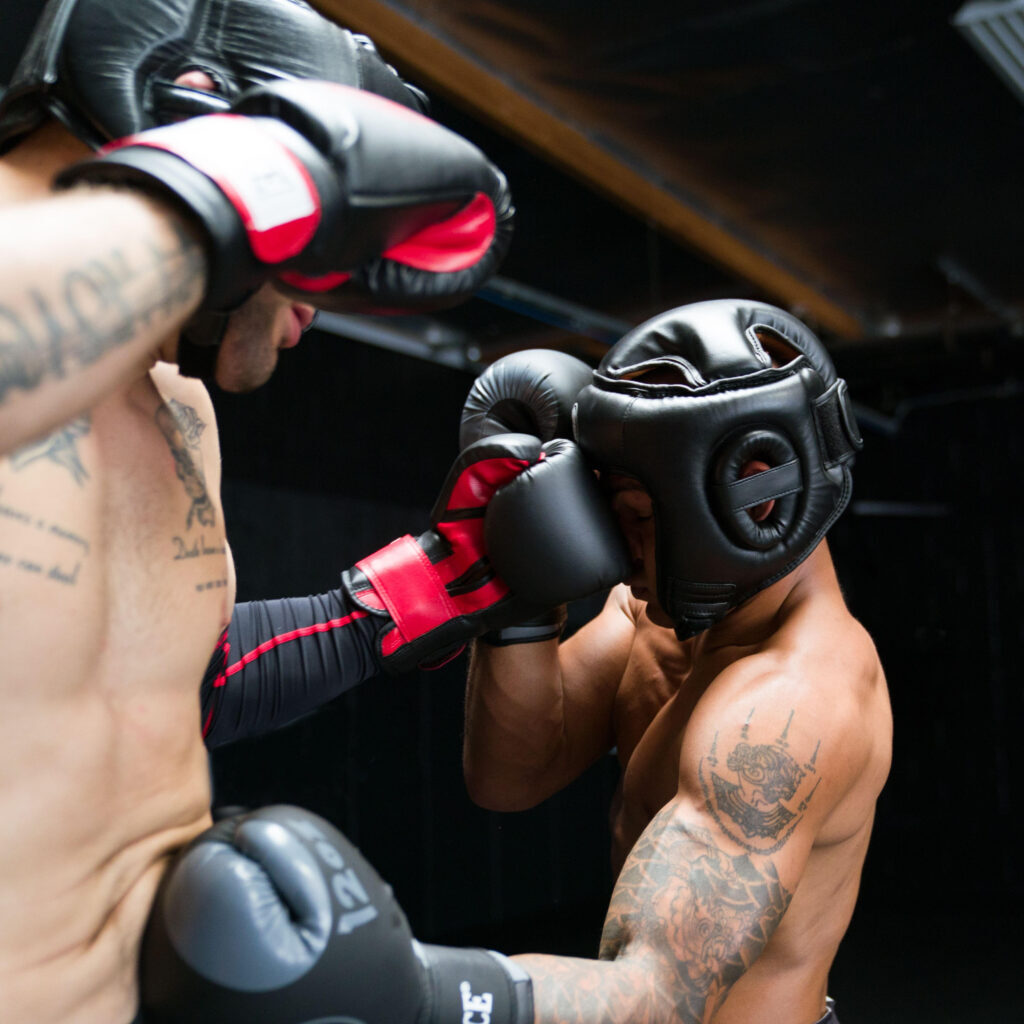
Who needs a head guard?
If you’re serious about sparring, it’s a good idea to invest in your own head guard. Most martial arts gyms will have at least some protective head gear on hand. This is great for beginners or people who are just testing the waters. There’s no need to buy a head guard before you know what works best for you — or if you want to continue sparring at all!
Once you get a sense of what kind of fighter you are, and what kind of protection you’re looking for, though, it’s a wise idea to invest in your own. You will feel a lot better if you’re training in head gear that best suits your needs as a fighter. And you might smell a little better if you’re training in your own gear, too!
How to find the right head guard
In order to find the right head guard for you and your training needs, the first think you’ll need to do is determine what style of head guard is best for your martial art. If you’re not sure, don’t be afraid to ask a coach or an instructor for advice. They should be able to give you tips on style. They might also be able to give you insight on what design and size will work best for you, too.
Once you’ve established what’s appropriate for your martial art in general, you can start looking into what’s best for you as an individual martial artist. Ideally, you are looking for a head guard that will provide you with the most protection possible while being as unobtrusive as possible.
For comfort, you are looking for a comfortably snug fit. Your head guard and your chin strap need to be tight enough to remain in place during sparring. A head guard that slips around will be distracting, and possibly even abrasive on your skin. But you don’t want your head guard to be so tight that it becomes uncomfortable or even painful during sparring.
For visibility, you want a head guard that provides enough padding to protect your face without blocking too much of your eye line. You don’t want to end up wearing a head guard that causes you to take more kicks and punches to the head because you can’t see them coming!
Finally, you want a head gear that provides good ventilation. Protective equipment can get a little stuffy during sparring. But the goal is to minimize that as much as possible. Head gear with proper ventilation will keep you cooler. Which is essential for your well-being and your power as a fighter!





